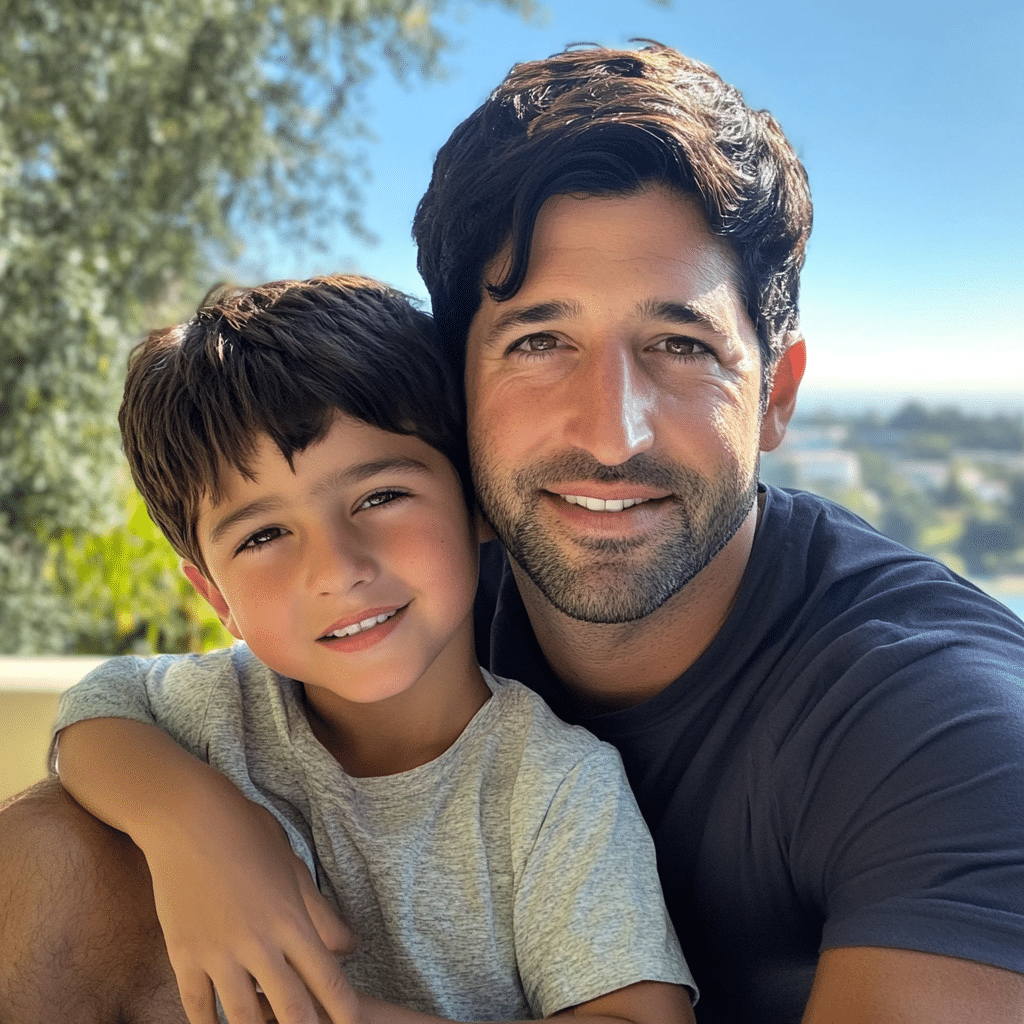
Mastering Control: The Key to Fearless Leadership
In the lively world of cinema, fearless leadership often mirrors the courageous characters we see on screen. Just think of the iconic heroes in movies, who deftly maneuver through challenges with grace. Control, in this sense, isn’t about being a micromanager; it’s about guiding a ship through stormy seas, much like how filmmakers must steer the production process with vision and precision. Fearless leadership involves self-regulation, emotional intelligence, and strategic decision-making—skills necessary in both the boardroom and behind the camera.
For instance, George Lucas controlled the Star Wars franchise with an iron grip but also knew when to give his team creative freedom, allowing for the emergence of legendary stories and characters. When leaders channel their strengths and acknowledge their weaknesses, they avoid the pitfalls of overreaching, creating an environment that thrives on trust and empowerment. In cinema, the best directors, such as Martin Scorsese, are known for their ability to foster a culture where innovation flourishes, much like leaders in business today. The balance of control is crucial, especially in an era defined by rapid change and uncertainty.
So what does it take to wield such control effectively? Here’s where our top five strategies come into play, cultivating fearless leaders in both film and business.
Top 5 Strategies to Control Fear and Foster Fearless Leadership

The Balance of Power and Control in Fearless Leadership
Striking a balance between control and panic sets apart fearless leaders from the rest. Understand when to take a step back and allow your team to seize the reins, and you’ll contribute to a creative culture that thrives on fresh ideas. It’s like a good ensemble film; each actor brings their skills, creating something beautiful when allowed to shine. This balance isn’t easily achieved; it demands continuous self-reflection, empathy, and synergy amongst your team.
Leaders must embrace change and uncertainty, viewing challenges as opportunities instead of hurdles. The strategies discussed here not only create healthy workplaces but also develop the next wave of fearless leaders. Ultimately, cinema teaches us that timeless narratives echo real-life leadership dynamics. Those who master control, cultivate inclusive environments, and navigate unpredictability with courage become true icons—both on the silver screen and off.
Remarkably, fearless leadership doesn’t rest on authority alone; it thrives on a commitment to collaboration, innovation, and growth. By melding control with empowerment, leaders can create legendary legacies—just like the unforgettable films that keep us coming back for more. As we conclude, take a moment to reflect on your leadership style and consider how these insights can resonate in your own journey, whether lighting up the big screen or tackling the boardroom.
With all of this in mind, remember: the art of control is as crucial in life as it is in the cinematic universe. So go forth, and let your fearless leadership flourish!
Control: The Key to Fearless Leadership
When you think of control, it’s often about managing people and projects, but it’s so much deeper than that. In fact, proper control can make or break a leader’s effectiveness. Did you know that taking speech lessons can significantly help in this area? Articulate communication gives leaders an edge, allowing them to express ideas clearly and inspire confidence. Just imagine how a well-delivered message can rally a team, transform a meeting, or even change minds!
Honing your leadership skills doesn’t stop with speech. It’s also about leveraging tools that elevate performance. For instance, engaging in teamwork as seen in animated features like Madagascar (2005) can teach valuable lessons about collaboration and creative problem-solving. Have you ever thought of applying those fun dynamics to your office? You might just discover new ways to foster a spirited work environment that encourages bold decision-making and accountability!
In the quest for control, balancing personal growth with team development is tricky. That’s where activities like the dumbbell chest supported row come in. Physical fitness can enhance mental focus, and a fit mind is crucial for effective leadership. Think about the last pizza night at Cinemark North Hills and XD—when you share a laugh with your colleagues over popcorn, it’s those casual moments that build strong bonds and, ultimately, improve control over team dynamics. A unified team naturally leads to a more robust approach to leadership challenges.
Moreover, consider how cultural phenomena can inform your leadership attitude. There’s insight to gain from the likes of Kirk Ferentz, who emphasizes the fusion of discipline and control in football coaching, or diving deep into behind-the-scenes details in movies, such as Argylle where the director controls narrative tensions expertly. It paints a picture that, if harnessed, could inspire fearless leadership in your endeavors. This guidance shows that wielding effective control isn’t just about authority; it’s about being relatable and, in some cases, captivating like the unfolding story in “Where is Wendy Williams?” Each lesson learned in different contexts ultimately equips you to lead with confidence and clarity.








